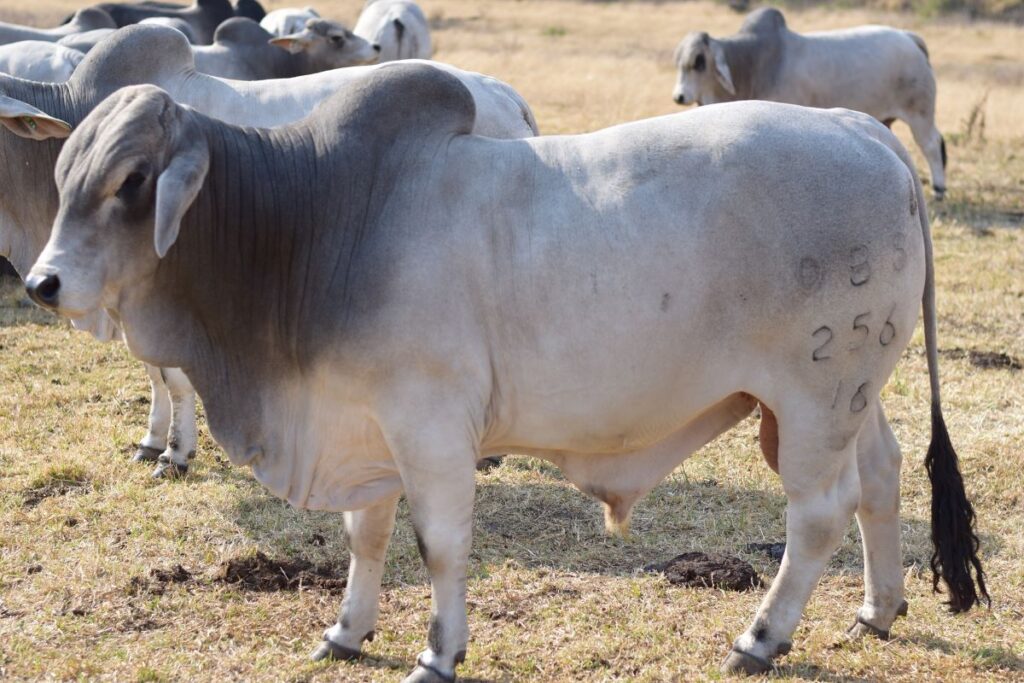
We often hear about ticks and the effect they have on dogs and cats, but did you know that ticks can also have a detrimental effect on cattle. Tick infestations on cattle can reduce milk production, reduce weight-gain, cause skin irritation, transmit diseases and cause illness, even death.
In Australia the Cattle Tick (Rhipicephalus australis previously known as Boophilus microplus) is responsible for transmitting the potentially fatal disease Tick Fever (sometimes called Red Water). When an infected tick bites it can transmit the blood-borne parasites Babesia bovis (responsible for 80% of cases), Babesia bigemina or Anaplasma marginale. These organisms then cause red blood cell destruction, attacking various organs, causing severe symptoms and even death.
Signs and Symptoms of Tick Fever
The signs and symptoms of tick fever will vary slightly depending on which parasite is responsible, the severity of the tick infestation, the age and /or condition of the animal and the stage of the disease. Symptoms may include;
- Loss of appetite
- Weight loss
- Sudden onset of fever
- Anaemia
- Jaundice
- Lethargy
- Red or brown coloured urine (not present in Anaplasma marginale cases)
- Reduced milk production
- Nervous signs like hindquarter weakness and muscle twitching
- Death, which usually results three weeks after infection but can occur at any point even within 24 hours.
Diagnosis and Treatment
If tick fever is suspected on a property a veterinarian should be immediately contacted. Diagnosis of tick fever based on symptoms alone is not always accurate. For a definitive diagnosis of tick fever a blood smear test should be conducted in a laboratory.
If cattle do contract tick fever it is very important to act quickly to control an outbreak. This will help minimise the impact and severity on the herd and reduce any potential loss of cattle. If a diagnosis is made early veterinarians can administer treatments and medications to help cattle overcome the illness. The entire herd should be closely monitored for signs of tick fever and any new suspected cases treated immediately. All cattle, if possible, should be treated with a suitable tickicide.
How To Prevent Tick Fever
There are some management practices that farmers can follow to help prevent cattle from contracting tick fever.
The best protection from tick fever is to vaccinate cattle. Vaccinations should be given to calves at three-nine months of age and to cattle coming from a tick-free zone to a tick area. Cattle only need the vaccine once to provide lifetime protection. Tick fever vaccine comes in either chilled or frozen forms. To obtain tick fever vaccine contact your local veterinarian or state/territory agriculture government agency
Keeping cattle tick free is also very important. Using an effective Tickicide product like Dectomax Injection advised. Farmers should also limit movement of tick infested cattle onto a “clean” property.
Another management technique is to expose weaners, on purpose, to cattle ticks. The weaners then develop their own immunity while they are less susceptible because of some immunity they received from their mother’s colostrum.
Choose suitable cattle breeds like Bos indicus cattle and Bos indicus crosses as they are a lot less susceptible to ticks and babesiosis tick fever than British and European breeds. Bos indicus breeds are still susceptible to the less common strain of tick fever anaplasmosis.
Tick-free borders
In Australia there are tick free borders in place to try and stop the spread of cattle tick from tick infested areas to tick free areas. In Queensland these cattle tick free areas are to the west of the Great Dividing Range and to the south of the Great Northern Rail Line. Along these borders and the Queensland to New South Wales border, there are tick treatment stations. All livestock, including cattle, horses, pigs and sheep, must stop at the treatment stations to be checked and sprayed with a tickicide. Although these tick free areas are not 100% free from cattle tick or tick fever, these management practices reduce the number and severity of tick fever outbreaks in tick free areas.
The effect on farmers
Tick fever can have a very serious economic impact on farmers with an outbreak substantially affecting their livelihood for years to come. Not only can an outbreak result in loss of livestock but the side effects can be detrimental and ongoing. There are additional expenses involved to manage an outbreak including increased mustering, veterinarian and treatment costs. The ongoing effects from a tick fever outbreak can include reduced fertility rates in bulls and cows, increased abortion rates in affected cows, loss of condition, reduced live-weight gain, decreased milk production and damage to the cattle hide. These are all good reasons as to why prevention of tick fever and good tick management is so important and should be undertaken when possible and particularly in high risk areas.
More information
The following are websites with further information on cattle ticks, tick fever and tick fever management in Australia. Alternatively you can contact your state or territory agriculture government agency or even your veterinarian for more information.
The Queensland Government – Tick Fever Management
New South Wales, Department of Primary Industries – Tick Fever
Until next time,
Bec
